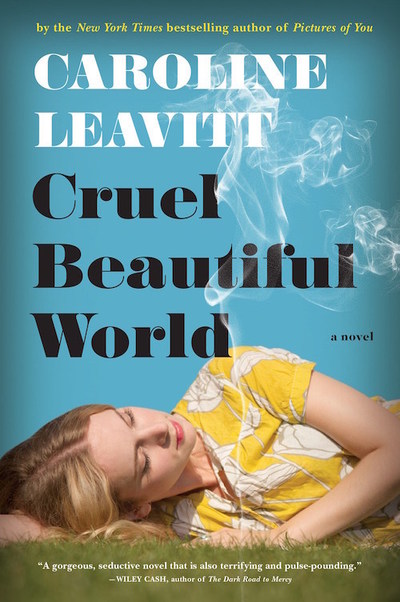“If I wanted to have children with anyone,” he’d said, “it would be with you.” If was the key word. If was the problem.
Heather Harpham and Brian fell for each other quickly, in a classic opposites-attract scenario. They were both creative professionals, but the obvious common ground ended there. She was as carefree as her California upbringing would suggest, and her disposition was well-suited to her career in theater. Brian, on the other hand, embodied the expectation of the East Coast elite. He preferred time inside, alone, left to his writing.
Their dreams were also at odds: Harpham always expected she would someday become a mother, but Brian had no interest in being a dad.
When Harpham learns she’s pregnant, that news appears to end the relationship. She flees New York, heartbroken but determined to raise their daughter alone. But within hours of Gracie’s birth, doctors realize something is wrong with the infant’s blood.
Gracie’s doctors are unable to pinpoint precisely what is wrong, but frequent blood transfusions help. Harpham doesn’t know what Brian wants, even when he meets their daughter six months after her birth.
Happiness: The Crooked Little Road to Semi-Ever After follows Harpham’s unexpected pregnancy and all that follows. It is filled with both pain and beauty, and she shares a clear-eyed view of messy relationships and the journey toward something that resembles joy. Harpham’s powerful memoir is the tale of two people struggling to save their daughter while trying to discern what their relationship to one another is all about. “We find happiness, if we find it at all, on accident,” Harpham writes. “We trip over it on our way somewhere else.” And by sharing her own experience, Harpham provides light for others’ paths.
This article was originally published in the August 2017 issue of BookPage. Download the entire issue for the Kindle or Nook.


















